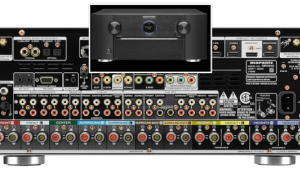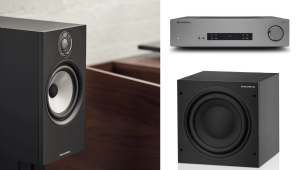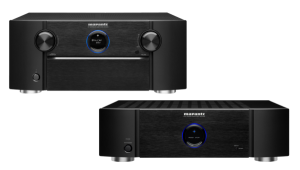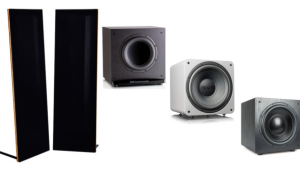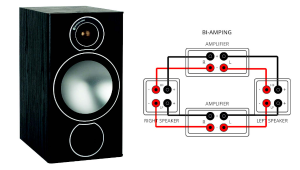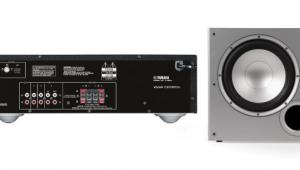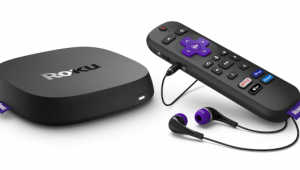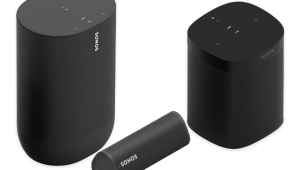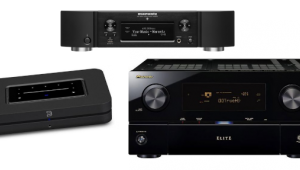TV Disappointment, Vizio 3D, Closed Captioning
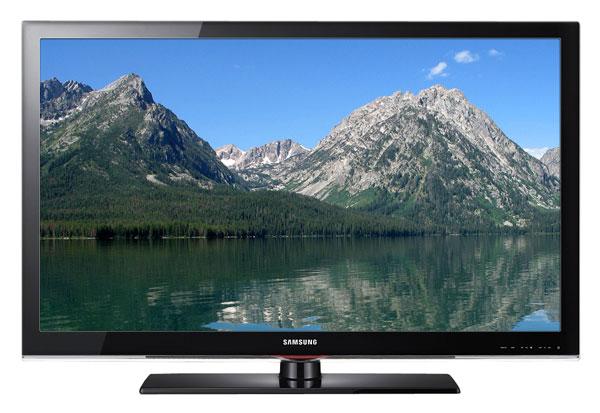
I just purchased a Samsung LN46C530 LCD TV for $700. I'm quite disappointed with the lack of detail within the blacks, and flesh tones are blown out. I have not calibrated it yet, since I was told to wait 100 hours, but I have turned off so-called features like economy mode and overscanning. I plan on taking it back, but I fear I will not be satisfied even with LED technology. I think TVs today all look like the brightness is turned way down to achieve black.
Is THX certification a gimmick? What is your recommendation for a model around $1000? I watch sports and Blu-ray movies, and I play games. I just want a TV that makes a great picture. I do not want to pay for features like Internet and wireless networking since I will get that from other components. There is one window in the room, and I will be about 10 feet away.
Randy in Raleigh
You don't need to wait 100 hours to set up an LCDthat's a recommendation for plasma. First, I would optimize the basic picture controls using a setup disc such as High Definition Basics or HDTV Calibration Wizard on DVD, which should improve the picture at least somewhat. However, the set you bought is conventionally illuminated with a fluorescent backlight, so the blacks won't be very deep in any event. You can improve them by turning down the backlight level, but this will make the picture dimmer overall. In my experience, most TVs start out way too bright with poor blacks, and they need to be toned down for home use, so I don't know where you get the impression that TVs generally have their brightness turned way down.
LED edgelit models often have better blacks, but they also suffer from poor screen uniformitydifferent areas of the screen exhibit different light levels when they should be the same, as in a shot of outer space. LED backlighting with local dimming is the best LCD-illumination technologythe LEDs behind dark parts of the image are dimmed while the LED behind bright parts are brightenedbut only Vizio offers it these days along with the flagship HX929 model line from Sony. In all three cases (fluorescent, LED edgelit, LED backlit), there is usually a dynamic-contrast feature that raises and lowers the illumination across the entire screen depending on the overall average brightness of the image, but I don't normally like how that looks, so I turn it off.
THX certification is not a gimmick. The THX mode in such sets is fairly accurate and the best mode to choose if you're not going to set the controls yourself. However, you can usually improve on THX mode a bit by choosing the Movie or Cinema picture mode and setting the brightness, contrast, color, tint, and sharpness yourself using a setup disc.
Most TVs these days have Internet apps, so you probably can't avoid that. If the window in your room is directly opposite the TV, or even if not but you routinely watch the TV during the day or with the lights on, I'd get an LCD with a matte screen, which means Sony or Vizio in my book. (Samsung LCD TVs have shiny screens.) The least expensive LED-backlit Vizio is the 42-inch XVT423SV for $1300, but that's pretty small for your seating distance. Vizio makes several 47-inch LED-edgelit models in its M series, which range in price from $1000 to $1400, but we haven't reviewed them. The 46-inch Sony KDL-46EX523 is an LED-edgelit model that might be good at $1200, though we haven't reviewed it, either.
If you have more control over the ambient light, I'd consider a Panasonic plasma. The 50-inch TC-P50S30 lists for $1100. We haven't reviewed it yet, but I plan to in the next month or two.
Funny You Should Ask
I'm thinking about buying the new 65-inch Vizio XVT3D650SV. What is your opinion of this TV?
Cecil Caldwell
Please see Home Theater's review of this exact model here. Reviewer Tom Norton liked it very much, with good blacks and shadow detail. Its 3D performance was quite good, too, but because it uses passive 3D technology, the vertical resolution is only 540 lines in 3D mode, and you can see thin, horizontal black lines in the picture if you sit close enough.
The only other significant problem Tom noted was "red lag"in some instances, moving objects exhibited a red smear trailing behind them. This wasn't frequent, and it ranges from barely noticeable to blatantly obvious depending on the content, but it did keep Tom from designating the set as a Top Pick.
Closed But No Cigar
I have been trying to find a flat panel, either plasma or LCD, that displays closed captioning only while the volume is muted. I currently have an older Samsung, older Panasonic, and ninth-generation Pioneer Elite Kuro plasma, non of which seem to offer that CC feature. They all put captions on the screen all the time or not at all. Do you know of a manufacturer and models that do offer this feature?
Also, can you point me to a reference that explains all the CC options and different levels that these TVs offer?
Jim Kezior
I asked Sony, Samsung, Panasonic, LG, and Vizio if any of their TVs offer closed captioning on mute. Samsung, LG, and Vizio report that they do not offer this feature; all you can do in these sets is enable or disable closed captioning all the time. However, Sony says that its TVs do have this featureunder Closed Captioning in the Preferences menu, you can select On, On While Muting, or Off. For TVs that do not offer CC while muting, many provide a CC button on the remote, so you can display closed captions or not at the touch of one button.
From what I've been able to determine, the different CC settings (CC1, CC2, Text 1, Text 2, etc.) display different informationcaptions for the hard of hearing, subtitles in other languages, etc.depending on what the content creator or provider decides to encode in the signal. As far as I can tell, there is no standard for what is encoded in which CC channel, though the Federal Communications Commission recommends that bilingual programming should have the second language subtitles in CC3, which is where the Spanish-language broadcaster Telemundo puts its English subtitles. The only reference I've been able to find that explains closed captioning in any sort of comprehensive way is Wikipedia's article on the subject.
The e-mail address to send questions for Ask Home Theater has changed; please send your home-theater questions to askscottwilkinson@gmail.com.
